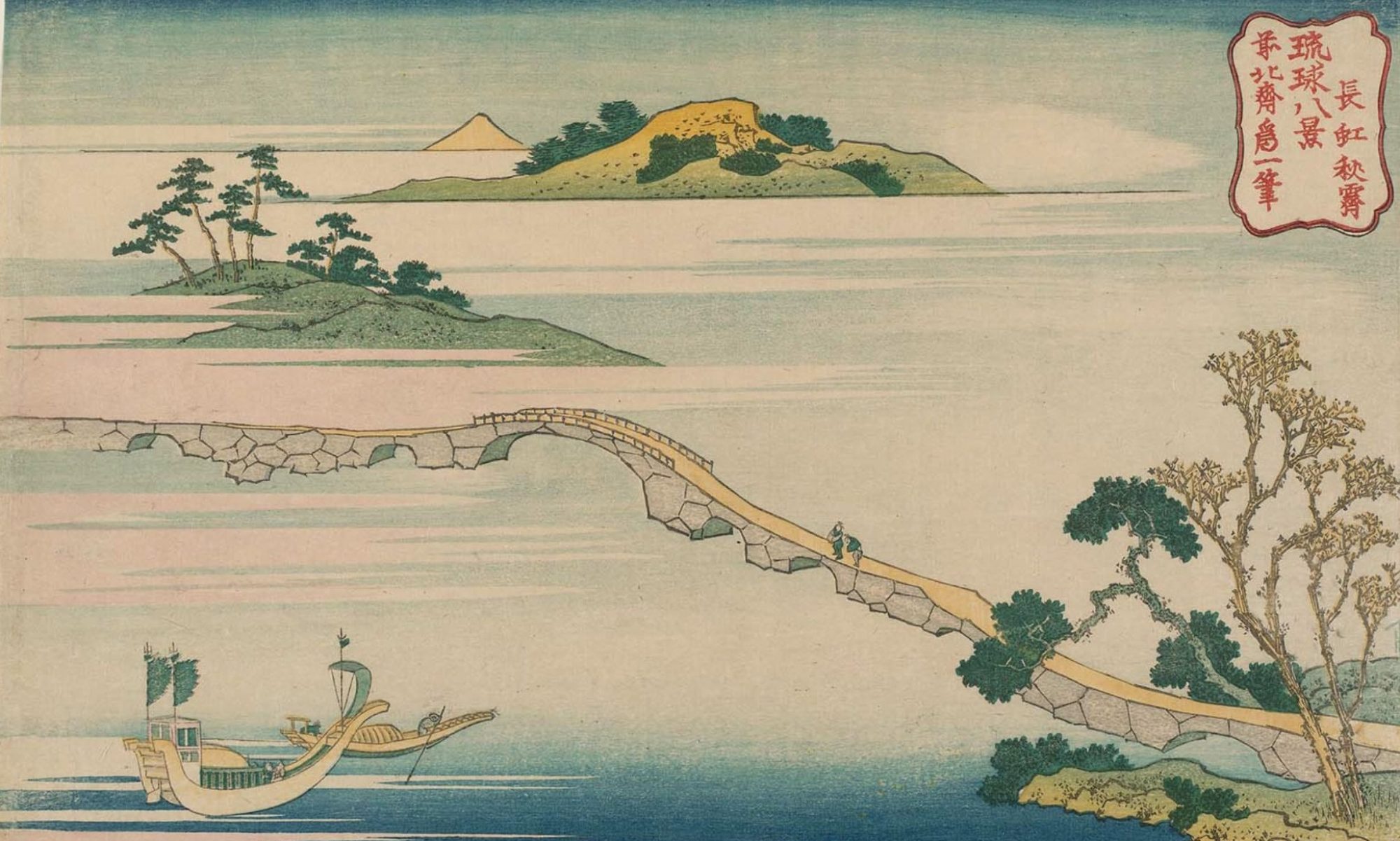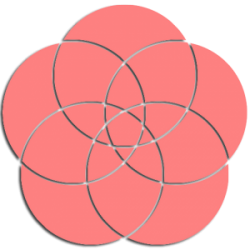L.C.: First of all, would you like to introduce yourself and tell us who you are and what you do in life?
J.B.: I am a writer and a poet. My “everyday” is reading, writing, mentoring, studying and submitting for publication.
As an adult I had attended university and earned two degrees; one in Accounting, the other in Social Studies with a teaching certificate.
Eventually, through friends at University, I fell in with a few poets and artists in Fort Worth, and became a spoken-word, performance poet.
Poetry was not an obvious path for me. When I graduated from high school, my first language was music. English was a subject that I struggled to understand and was particularly perplexed by the nuances of grammar. I can honestly say that back then I was minimally literate, as I had read very little and written only required assignments in school.
At the age of nineteen, it dawned on me that I could change this, so I purchased a dictionary and subscribed to a few magazines of interest. So basically, I taught myself to read!
In terms of writing, I had produced very little, apart from some rhyming verse which, naturally, I kept hidden. However, when my daughter was born, I took up journaling, mostly during her first year of life. I then continued to journal my own life until, at the age of sixty-two, I suffered a brain trauma.
L.C.: When did you approach haiku for the first time?
J.B.: In 1999, I came across a group of Fort Worth poets who were focused on haiku. I found this very interesting, so I began attending their workshops.
From 2001 until 2010 I lived and worked in South Carolina, and writing waned in me. In October 2010 I moved back to Texas and stepped back into the poetry stream as if no time had passed. It was then I made a conscious decision to study haiku.
The brain trauma I suffered in 2014 forced me to abandon all poetry, reading and literary interests. A significant amount of speech therapy that year helped restore my ability to speak, but aphasia continued to plague me. However, I was certain, somehow, that haiku would be able to help strengthen both my left and right brain, and I began to study and write short form poetry again.
Fortune smiled on me when I discovered the mentoring section of The Haiku Foundation Forum, and I soon became involved with this community of haijin and mentors.
L.C.: What does haiku mean to you? How would you describe it to a friend who doesn’t know it?
J.B.: From my first encounter right up to the present day, I have found haiku to be a restorative therapy. I could say that it has been my salvation. The challenge of the haiku path is that you never really arrive at the end, as you are constantly striving to improve your craft, ideas and technique.
Like many on the path, you simply join in at the stage you find yourself and keep reading, sharing with others, and workshopping.
Haiku is mysterious, so I find it extremely difficult to try to explain it to someone who is not on that path. Rather than try to describe it, I’d suggest that a person seek out a haiku collection and absorb the work of that poet.
L.C.: What have been the teachings, readings and authors that have influenced you mostly?
J.B.: Taking a bit of liberty here.
Any socio-political philosophy is heavily influenced by the writings of Cornel West, bell hooks, Vine Deloria Jr., Clarissa Pinkola Estes, and Elie Wiesel.
I consider the feminist poetic influences on my work to be audre lorde, Gwendolyn Brooks, Alice Walker, Ntozake Shange, Toni Morrison, Rita Dove, Lucille Clifton, Anne Sexton, and Sylvia Plath.
Several years ago I took a formal course (a boot camp for Haikai) from a renowned, modern haiku master and was supplied with a wealth of reading suggestions and sources. I continue to reference these today. I must admit, I prefer a gestalt of theses to any rote methodology, or step-by-step approach to learning haiku.
If I were to endorse one introductory work to a new writer of haiku, it would be Lee Gurga’s “A Poet’s Guide”. Gurga’s ability to compare a poorly written haiku with a well written one is quite effective.
Another book would be Scott Mason’s “The Wonder Code”, for its exposure to current, prolific, and strong haijin, as well as its structural approach to haiku.
I used to be so busy reading journals and magazines issued each month or quarter, I spent little time with individual collections.
However, in the last year, I’ve devoted as much time to reading collections as I have to anthologies and journals.
THF has an archive of small chapbooks, most of which I’ve read.
The one I return to is “Black Horse Running”, by Clare McCotter. When I discovered this book, I also happened to be reading the works of poet, Charles Simic. This combination led to an epiphany of “dark and shadow”, elements that consequently entered my haiku, and are still present.
Haiku Collections that have been influential are those of Debbie Strange, Carolyn Hall, Toni Piccini, Andy McLellan, Gabriel Rosenstock, Ben Moeller-Gaa, Elmedin Kadric, as well as the ebooks on the websites of “Bones” and “Yavanika Press.” All have successfully combined haiku fundamentals with the groundbreaking exploration in English Language Haiku.
My haiku “book of the year” suggestion for 2018 is “Best of Paper Lanterns” (the first ten issues of Sonic Boom) under the title “The Arithmetic of Sparrows”.
L.C.: What do you think will be the future developments of the English language haiku?
J.B.: I greatly respect the trajectory of “The World Haiku Association” (Japan) under the leadership of Ban’ya Natsuishi, and continue to be a member of this organization.
It has been said that English Language Haiku is the only genre in western literature that is in constant growth and expansion; in readership as well as expression.
Over the last decade, digital submission has vastly increased opportunities for publication in a wider variety of target journals operating in the haiku genre, for example, combining haiku and photography, visuals, or sound. Each time a new venue opens, the whole of ELH grows. While there is still the need to study haiku basics, (in order to have an understanding of the very DNA of haiku) the potential for expression within the genre expands, and with this, the popularity of ELH grows.
L.C.: Thank you again for the time spent on this interview. Finally, would you like to share with the readers three haiku or yours?
J.B.: Thank you, Luca, for the gracious invitation.
spring snow-melt
forgetting where
the pain is buried
#FemKuMag Issue Two, 2018, and Per Diem, The Haiku Foundation, October 2018
tidal flats
the quarter-tones
of a sandpiper
1st Prize (Haiku in Foreign Languages), The Italian Matsuo Basho Awards, 4th Edition, 2016 (The Italian Haiku Association)
the thrum
of stars in my bones
hadron collider
Blithe Spirit, 26.4 (Journal of the British Haiku Society), Winter 2016

